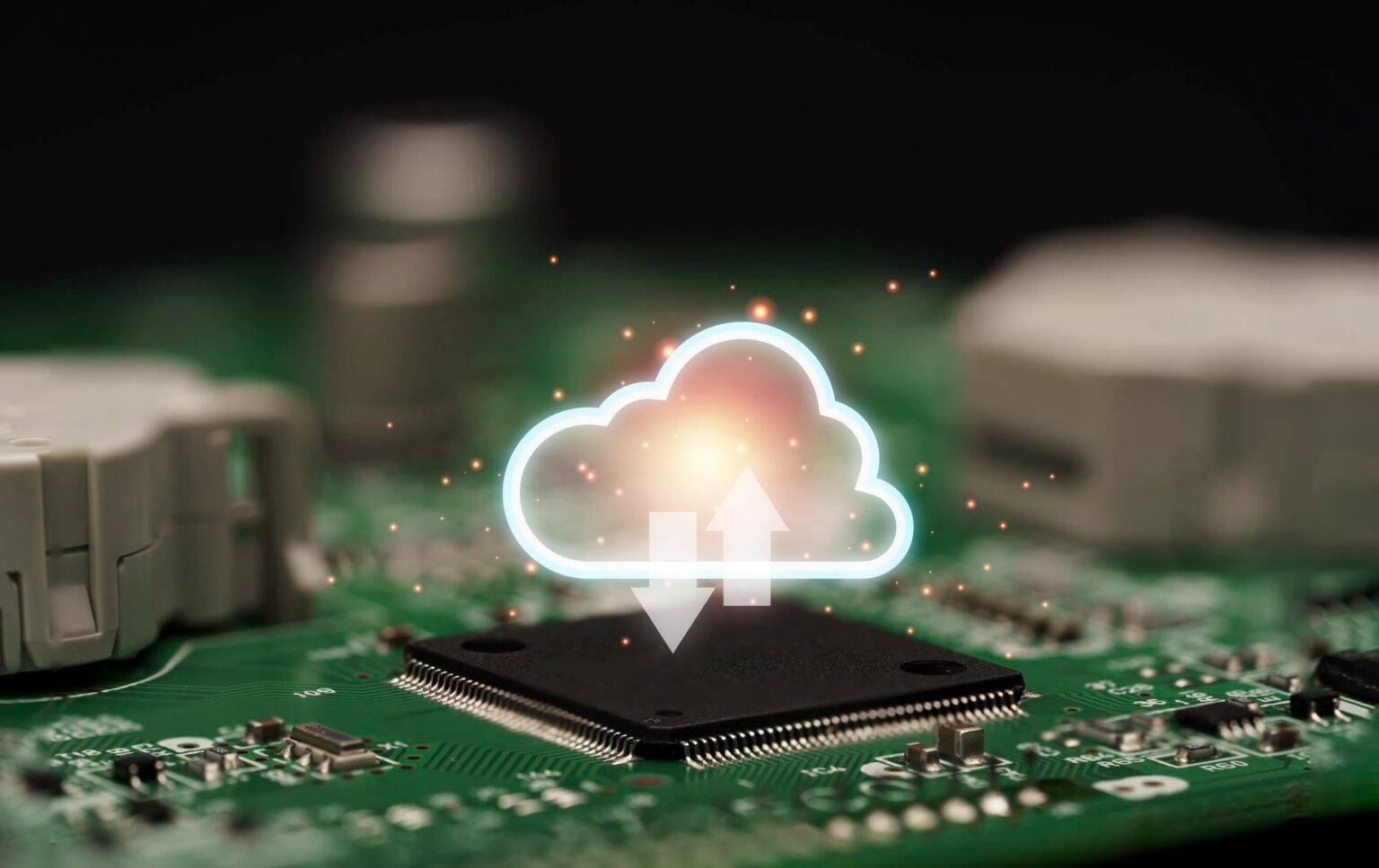Cloud quantum computing refers to the use of quantum computing resources in the cloud. This technology has the potential to revolutionize computing, as quantum computers are expected to be much faster than classical computers at certain tasks, such as breaking encryption codes and simulating complex systems.
Cloud quantum computing has several advantages over traditional on-premises quantum computing, including:
- Accessibility: Cloud quantum computing makes it easier for researchers, developers, and businesses to access quantum computing resources, as they do not need to invest in expensive hardware or set up their own quantum computing labs.
- Scalability: Cloud quantum computing allows users to scale their quantum computing resources up or down as needed, depending on their specific computing needs.
- Cost-effectiveness: Cloud quantum computing can be more cost-effective than on-premises quantum computing, as users only pay for the resources they use, without needing to invest in expensive hardware or maintenance costs.
However, there are several challenges associated with cloud quantum computing, including:
- Security: Quantum computers can break some of the encryption algorithms that are widely used to secure data in the cloud, which raises concerns about the security of cloud-based systems that rely on these algorithms.
- Integration: Cloud quantum computing needs to be integrated with existing cloud infrastructure, which can be complex and time-consuming.
- Quantum noise: Quantum computers are susceptible to quantum noise, which can cause errors in calculations, especially in larger systems. This can affect the accuracy and reliability of cloud quantum computing systems.
Overall, cloud quantum computing is still in its early stages of development, and further research and development are needed to address these challenges and fully realize the potential of this technology.



